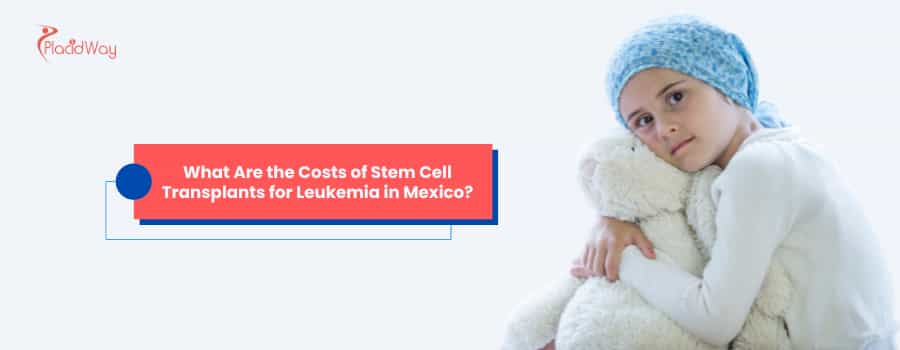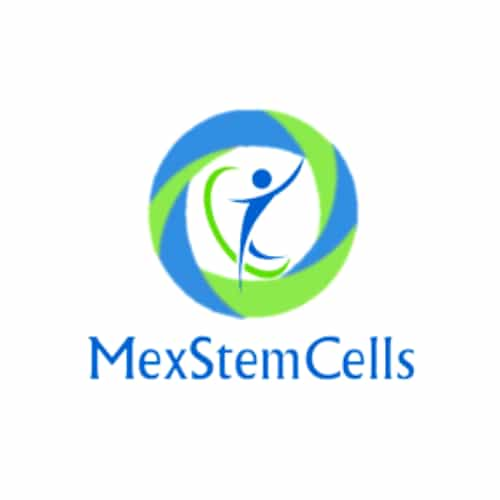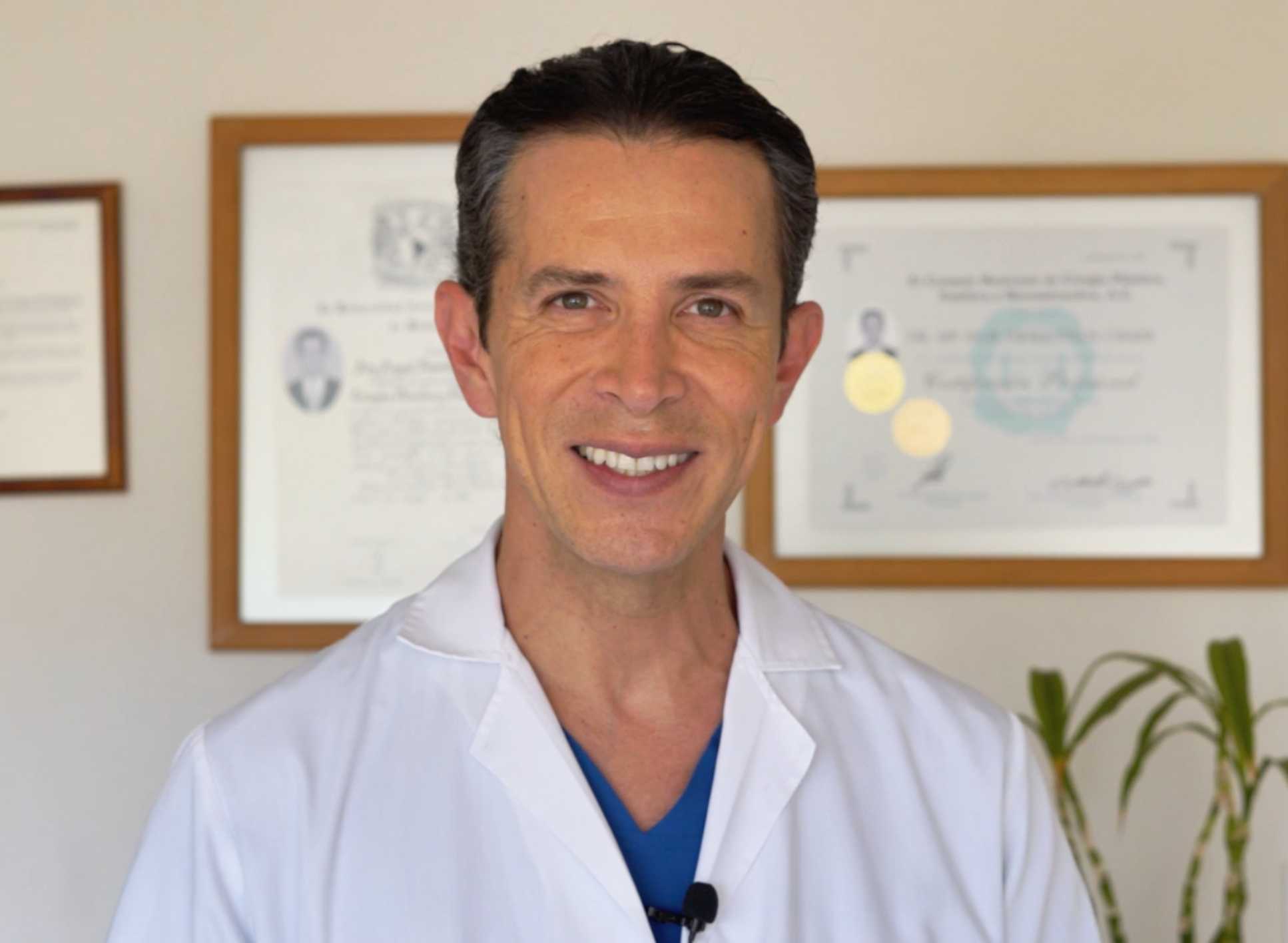A Guide to Stem Cell Transplant for Leukemia Cost in Mexico

A diagnosis of leukemia can be overwhelming, and navigating treatment options, including their costs, is a significant part of the journey. For many, seeking treatment abroad has become a viable option, with Mexico emerging as a popular destination for medical care. A stem cell transplant for leukemia in Mexico can be a more affordable alternative to the costs in countries like the United States, without compromising on the quality of care. The price for such a procedure in Mexico can vary significantly, generally ranging from $20,000 to $70,000 USD, depending on the type of transplant and the specific needs of the patient. This comprehensive guide will break down the costs and related factors to provide a clearer picture of what to expect.
What is the average cost of a stem cell transplant for leukemia in Mexico?
"The average cost of a stem cell transplant for leukemia in Mexico typically falls between $20,000 and $70,000 USD. This price can fluctuate based on the type of transplant, the hospital, and the patient's specific medical condition."
The cost of a stem cell transplant in Mexico is considerably lower than in many Western countries. This affordability is a primary reason why many international patients choose Mexico for their treatment. The broad price range accounts for the various types of leukemia and the corresponding complexity of the required transplant. For instance, an autologous transplant, which uses the patient's own stem cells, is generally on the lower end of the cost spectrum, while an allogeneic transplant, using donor cells, is more expensive due to the additional procedures involved in donor matching and management.
It's crucial to obtain a detailed quote from the chosen medical facility. This quote should outline all included services to ensure transparency and avoid unexpected expenses. The reputation and accreditation of the hospital also play a role in the overall cost. Top-tier, internationally accredited hospitals in major cities like Tijuana, Guadalajara, or Mexico City may have higher prices but often provide a higher standard of care and more comprehensive services.
What is the difference in cost between an autologous and an allogeneic transplant in Mexico?
"An autologous stem cell transplant in Mexico is generally more affordable, with costs starting around $20,000 to $45,000 USD. In contrast, an allogeneic stem cell transplant, which requires a donor, is more complex and can range from $40,000 to $70,000 USD or more."
The primary difference in cost lies in the source of the stem cells. In an autologous transplant, the patient's own stem cells are harvested, treated, and then reintroduced into their body. This process is logistically simpler and less expensive. There is also no risk of graft-versus-host disease (GVHD), a complication where donor cells attack the patient's body.
An allogeneic transplant involves using stem cells from a compatible donor, who could be a family member or an unrelated volunteer found through a donor registry. The process of finding a suitable donor, testing for compatibility, and harvesting the cells adds significant costs to the procedure. Furthermore, patients undergoing an allogeneic transplant require more intensive post-transplant care to manage the risk of GVHD and other complications, which also contributes to the higher price.
What factors influence the total cost of the transplant?
"Several factors influence the final cost of a stem cell transplant for leukemia in Mexico, including the type of leukemia, the patient's overall health, the length of hospital stay, and the specific hospital's pricing structure."
The total cost is not a single, flat fee. It's a sum of various services and procedures. Here’s a breakdown of the key factors:
- Type and Stage of Leukemia: Different types of leukemia require different treatment protocols. The stage of the cancer also impacts the intensity of the pre-transplant conditioning regimen (chemotherapy or radiation), which affects the cost.
- Patient's Overall Health: Patients with other underlying health issues may require additional medical support and a longer recovery period, leading to higher costs.
- Hospital and Location: Renowned hospitals in major urban centers tend to be more expensive than smaller clinics. However, they often offer more advanced technology and experienced specialists.
- Length of Hospitalization: The duration of the hospital stay is a major cost driver. Complications or a slower recovery can extend hospitalization and increase the overall price.
- Pre-transplant Evaluations: Comprehensive testing, including blood work, imaging, and consultations, is necessary before the transplant and adds to the total cost.
- Post-transplant Care: Follow-up appointments, medications, and potential management of side effects are crucial for a successful outcome and are part of the overall expense.
What is typically included in a stem cell transplant package in Mexico?
"A stem cell transplant package in Mexico usually includes the surgeon's fees, hospital stay, the transplant procedure itself, pre-operative tests, and some post-operative care. However, the specifics can vary significantly between clinics."
Most reputable hospitals in Mexico that cater to international patients offer all-inclusive packages to simplify the process. These packages often cover:
- Initial Consultation and Evaluation: Meeting with the oncology and transplant team.
- Pre-transplant Workup: All necessary diagnostic tests and imaging.
- Conditioning Regimen: Chemotherapy and/or radiation therapy to prepare the body for the new stem cells.
- Stem Cell Harvesting and Processing: For autologous transplants, this is the collection and preparation of the patient's own cells. For allogeneic transplants, it includes the costs associated with the donor.
- The Transplant Procedure: The infusion of the healthy stem cells.
- Hospitalization: A set number of days in the hospital for recovery and monitoring.
- Medications: An initial supply of post-transplant medications.
It's essential to clarify with the hospital what is and what is not included. For instance, travel, accommodation for family members, and long-term follow-up care might be additional expenses.
Are there any hidden costs I should be aware of?
"Yes, there can be hidden costs associated with a stem cell transplant in Mexico. These can include fees for treating unforeseen complications, extended hospital stays, and the cost of travel and accommodation."
While Mexican hospitals are generally transparent about their pricing, it's wise to budget for potential extra costs. These can include:
- Treatment of Complications: If complications like infections or GVHD arise, the cost of managing them will be added to the bill.
- Extended Hospital Stay: If recovery takes longer than anticipated, each additional day in the hospital will incur more charges.
- Post-Discharge Medications: The initial supply of medication is often included, but you will need to pay for long-term prescriptions.
- Travel and Accommodation: The cost of flights, and accommodation for you and any accompanying family members before and after hospitalization.
- Follow-up Care: Long-term monitoring, which may require return trips to Mexico or coordination with a doctor in your home country.
- Emergency Medical Evacuation: In a worst-case scenario, the cost of being medically transported back to your home country is a significant and often overlooked expense.
Is it safe to get a stem cell transplant for leukemia in Mexico?
"Yes, getting a stem cell transplant for leukemia in Mexico is generally safe, provided you choose an accredited hospital with experienced specialists. Many Mexican hospitals adhere to international standards of care and are regulated by the Federal Commission for the Protection against Sanitary Risks (COFEPRIS)."
Patient safety is a valid concern when considering medical treatment abroad. In Mexico, the quality of healthcare can vary. However, many hospitals, particularly those that serve international patients, are accredited by international bodies like the Joint Commission International (JCI). This accreditation signifies that the hospital meets rigorous standards for patient safety and quality of care.
When researching hospitals, look for those with a dedicated oncology department and a proven track record of successful stem cell transplants. Verify the credentials of the medical team and ensure the facility is well-equipped to handle complex procedures and potential complications.
How do the success rates of leukemia transplants in Mexico compare to other countries?
"The success rates for stem cell transplants for leukemia in Mexico at top-tier facilities are comparable to those in the United States and Europe. The outcome of the transplant depends more on the patient's individual factors and the expertise of the medical team than the country where the procedure is performed."
The success of a stem cell transplant is influenced by several factors, including the type and stage of leukemia, the patient's age and overall health, and the type of transplant. Reputable Mexican hospitals with experienced hematologists and oncologists report success rates in line with international benchmarks.
Before making a decision, ask the hospital for their specific data on outcomes for patients with your type of leukemia. This will provide a more accurate picture of their success rates and help you make an informed choice.
Do I need a special medical visa for treatment in Mexico?
"For most nationalities, a standard visitor visa is sufficient for short-term medical treatment in Mexico. However, if your treatment requires a longer stay, you may need to apply for a temporary resident visa."
Citizens of the United States, Canada, and many European countries do not need a visa for stays of up to 180 days in Mexico. This is usually ample time for a stem cell transplant and initial recovery. However, it's always best to check the latest visa requirements for your specific nationality with the Mexican consulate in your country.
If your treatment plan requires a more extended stay, you will need to apply for a temporary resident visa. The hospital's international patient department can often provide guidance and documentation to support your visa application.
What about follow-up care after the transplant?
"Long-term follow-up care after a stem cell transplant in Mexico is crucial and can be arranged in a few ways. Patients can either return to Mexico for check-ups or coordinate with their local oncologist at home for ongoing monitoring."
The first few months after a transplant are critical for recovery and require close monitoring. Many international patients choose to stay in Mexico for a few weeks to a month after being discharged from the hospital for initial follow-up appointments.
For long-term care, it's essential to have a plan in place. This may involve periodic trips back to the transplant center in Mexico or, more commonly, transferring your follow-up care to a local oncologist in your home country. The medical team in Mexico will provide a detailed report of your treatment to ensure a smooth transition of care.
How do I pay for the treatment as a foreigner?
"As a foreigner receiving a stem cell transplant for leukemia in Mexico, you will likely need to pay out-of-pocket. Most hospitals require payment upfront, and international insurance may not be accepted."
While some Mexican hospitals may accept certain international insurance plans, it's not the norm. Most treatments for medical tourists are on a self-pay basis. Hospitals usually require a deposit before starting treatment and the full payment before the transplant procedure.
It's crucial to discuss payment options with the hospital's financial department beforehand. They can provide a detailed breakdown of costs and payment schedules. Some patients use personal savings, medical loans, or fundraising to cover the expenses.
What questions should I ask a Mexican clinic about the costs?
"When inquiring about the cost of a stem cell transplant for leukemia in Mexico, ask for a comprehensive, itemized quote. Inquire about what's included in the package, potential additional costs, and their payment policies."
To ensure complete clarity on the financial aspect of your treatment, here are some key questions to ask:
- Can you provide a detailed, itemized quote for the entire treatment plan?
- What services are included in this quote? (e.g., pre-op tests, hospital stay, surgeon's fees, post-op care)
- What are the potential additional costs I should be aware of? (e.g., complications, extended stay)
- What is your policy on payment? Do you require a deposit, and when is the full payment due?
- Do you have experience with international patients, and can you provide any testimonials?
- What is the plan for follow-up care, and what are the associated costs?
Explore Your Options with PlacidWay
Navigating the complexities of seeking medical treatment abroad can be challenging. PlacidWay is here to help you explore your options for high-quality, affordable healthcare solutions worldwide. Connect with our network of trusted medical providers and get the support you need to make an informed decision about your health.


.png)





.jpg)
.png)







Share this listing